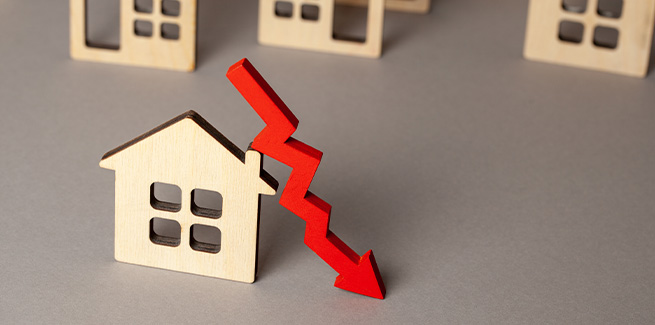A recent report released by ANZ and CoreLogic shows that housing affordability hit its peak in June 2019, with the lowest levels of household income being spent on accommodation in more than a decade.
A record-low interest rate environment and the lowest mortgage rates since the 1950s have contributed to increasing housing affordability, according to ANZ and CoreLogic researchers.
According to the ANZ-CoreLogic Housing Affordability Report, as at June 2019, homeowners were dedicating the lowest proportion of their incomes on servicing a mortgage since early 2004.
The researchers suggested that the downturn in the housing market experienced over the last two years allowed for national household incomes to outpace the growth of dwelling values for the first time since 2012.
As such, in June 2019, the ratio of dwelling values relative to household incomes reached the lowest levels since December 2013.
The national dwelling value to household income ratio fell to 6.5 in June 2019, down from a recent high of 7.0 in March 2018.
As at June 2019 the repayment on a new 80 per cent loan-to-value ratio (LVR) mortgage required 34.4 per cent of gross household income; the lowest share dedicated to mortgage repayments since March 2004 and “substantially lower than the recent peak proportion of household income dedicated to servicing a new home loan”. This was set in March 2008, when the proportion hit 54.2 per cent (and when discounted variable mortgage rates average 8.7 per cent)
Similarly, those in the rental market were spending the lowest proportion of their household income on rent since mid-2007, with 28.5 per cent of income going towards payment of rent.
However, the report also highlighted that as the housing market improves, home values are likely to again outpace household income growth.
Housing market improvements will serve those who are already in the market, as they gain equity whilst still benefiting from the lowest mortgage rates seen in 60 years, however is likely to start affecting first-home buyers’ ability to enter the market once again.
Affordability around the nation
As at end June 2019, it would take the typical household 8.6 years to save for a 20 per cent deposit, based on national median dwelling and income figures, and working on the assumption that the household saves 15 per cent of their gross annual income per year.
This figure is down from a recent high of 9.4 years in March 2018, and 9.3 years in June 2018.
Australia’s largest real estate markets, Sydney and Melbourne, stood out as the cities with the highest ratios of dwelling values relative to income, and a larger proportion of household income being required to service a mortgage.
Despite the market correction that saw Sydney house prices fall by almost 14 per cent from peak to trough, the median house price has increased at an annual rate of 5.5 per cent over the last decade, compared with household income, which increased 3.3 per cent per annum.
In Melbourne, the median dwelling price increased at 4.4 per cent per annum, with household incomes rising 3.1 per cent each year.
At a national level, the average median dwelling price has risen 3.0 per cent per annum over the last 10 years, largely on par with household incomes, which increased 3.1 per cent per annum over the last 10 years.
The result was, in June 2019, the dwelling value to income ratio was roughly equivalent to the ratio 10 years ago.
Regional areas had, and continue to have, better rates of housing affordability compared to the capital cities.
According to the report, the past five-year and 10-year periods have seen household incomes rise at a faster rate than dwelling values across the combined non-capital city markets.
Further, the ratio of housing values to household incomes is lower across each of the regional areas of each state relative to the capital cities.
Despite housing affordability hitting a peak in June, research already suggests that the market has turned, causing affordability to deteriorate as house price increases outpace interest rate reductions.
[Related: Housing affordability to deteriorate in 2020]
 ;
;
